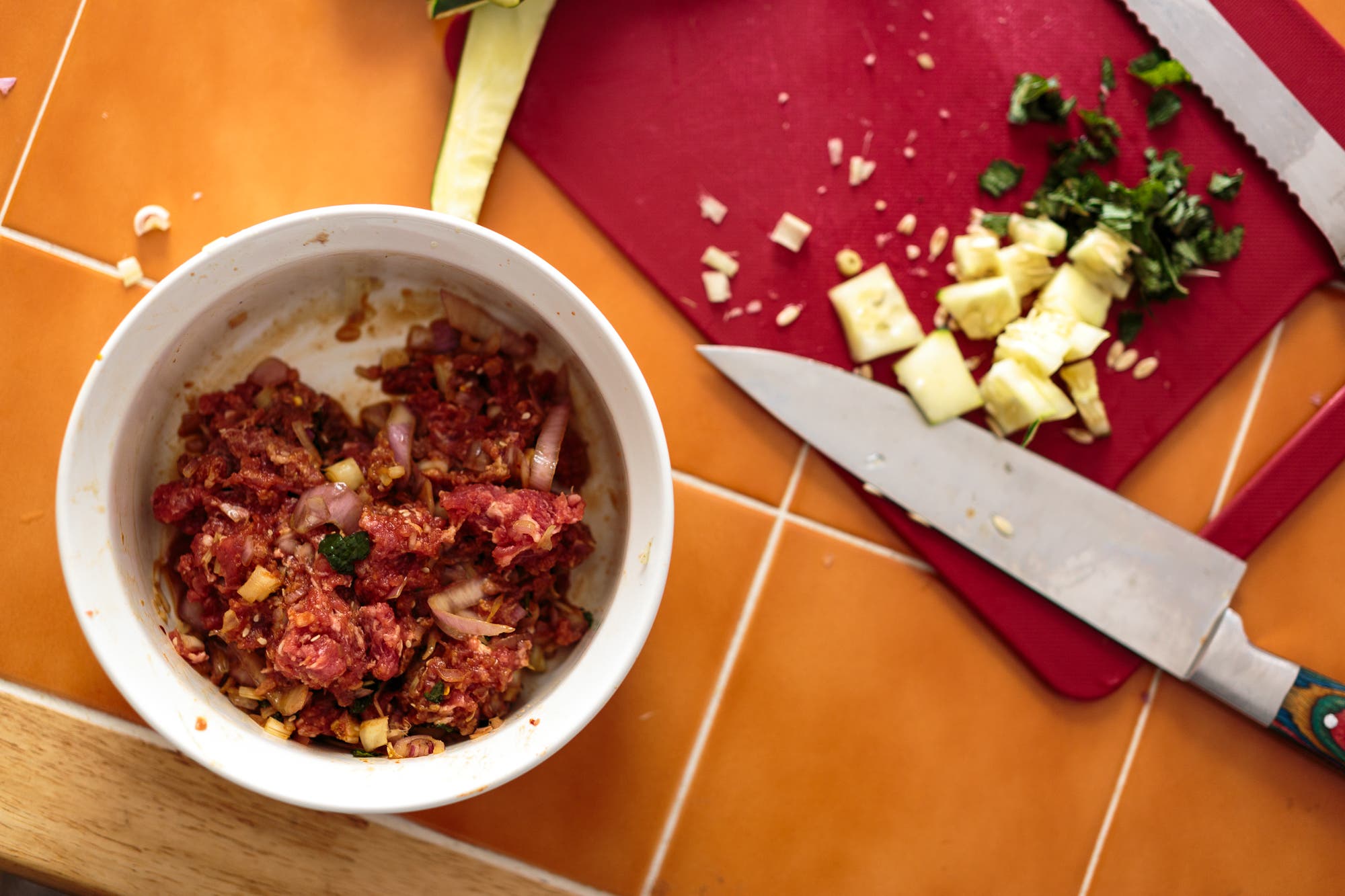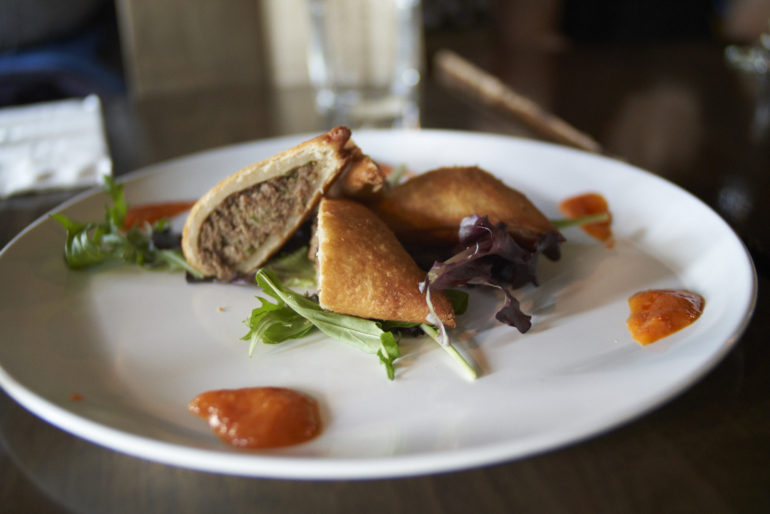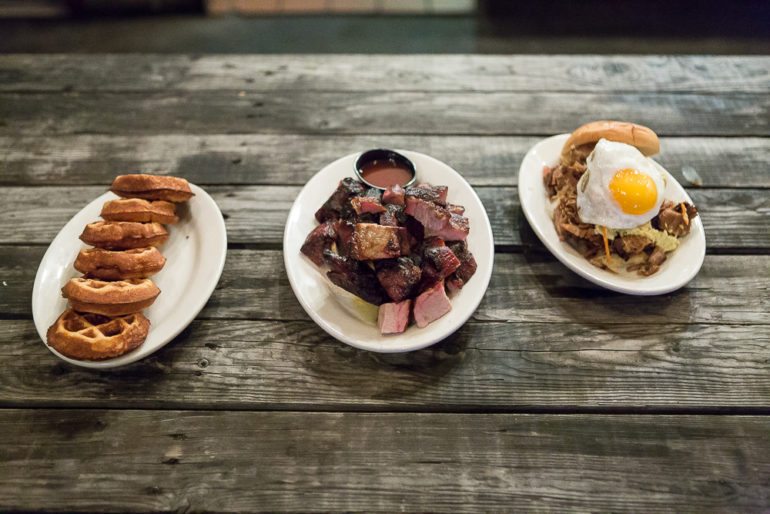If you’re reading this, then you’re most likely a passionate photographer. If you’re not, then you’re considering hiring one and you want to know fair rates. For the record, anyone can do TFP. Working photographers can absolutely do it. Enthusiast and hobbyist photographers can do TFP too. But there’s surely something to be said about both the ethics and the mutual benefit. In reality, I think it boils down to symbiosis, which is more important than ever.
View this article with minimal banner ads in our app for iOS, iPad, and Android. Get no banner ads for $24.99/year.
What is TFP?
The definition of TFP has changed a lot over the years. Colloquially, it meant something along the lines of time for print. It meant that a model was giving you their time, and you would guarantee them photos. But in more recent times, it’s come to mean different things. What I’ve seen often used is the idea of “Trade for Photo.”
Some real-life examples of this are:
- Free food for photos
- Free drinks for photos
- Free admission to an event for photos
- Free modelling for photos
- Free use of a space for photos
If you’re good and have good people skills, folks will keep working with you on a TFP basis. Pretty much every staffer here has sometimes done TFP work. But it’s important to set boundaries. And we’ll discuss that later.
Why are Some Photographers Compelled to do TFP?
There’s a big difference when it comes to TFP. TFP means you’re getting something in return that you generally feel is a fair trade. At least, that’s what it should be. What TFP sometimes is interpreted as instead is you just doing someone a favor and not getting anything in return. And it’s easy to get into that habit and feel like you’re servicing all those random people and companies.
More often than not, the world will try to use you in an unsustainable fashion.
There have been a few times where I’ve gone to a restaurant and photographed the food I was about to eat, but they didn’t give me a discount or anything like that. Bars generally will give me a deal of some sort. But with TFP, it should ideally mean you get the food and more for free. A photographer can easily charge a couple thousand for a food photography session. Is the food worth as much?
If it is, then that’s cool. Go for it if you feel it’s worth it for you.
If it’s not, then either adjust what you’re doing accordingly or don’t do the gig. There have been many times where I’ve taken a cheaper gig and did no post-production to the images. If someone asked me to shoot a two hour event, you’d better believe I’m not going to spend more than five extra minutes getting them photos afterward.
What’s Wrong with Doing TFP Often?
Doing TFP often is like a virus. If you keep doing it, more and more people will try to use you as a photographer. That’s fine, but you need to be firm that you need a fair trade. If you keep giving out freebies, you’re hurting photographers who do this for a living. Ask yourself if helping your friend out is important enough that you hurt other folks you might not know.
When Should You Do TFP?
In the end, you should only do TFP if you’re trying to do something charitable (and can write it off), or if you feel like you’re getting a fair trade. If you’re not, keep the photos for yourself. If someone asks you for the photos, they should be willing to compensate you.





Leave a Reply